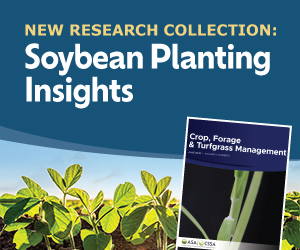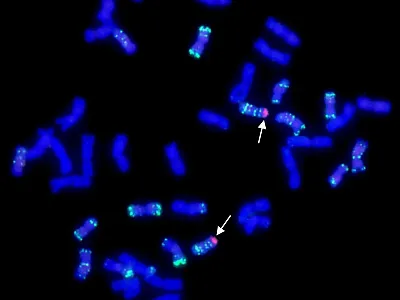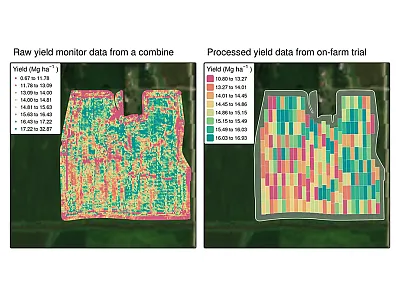A Soil-ebration of land and people
2025 Region 6 Collegiate Soil Judging Contest
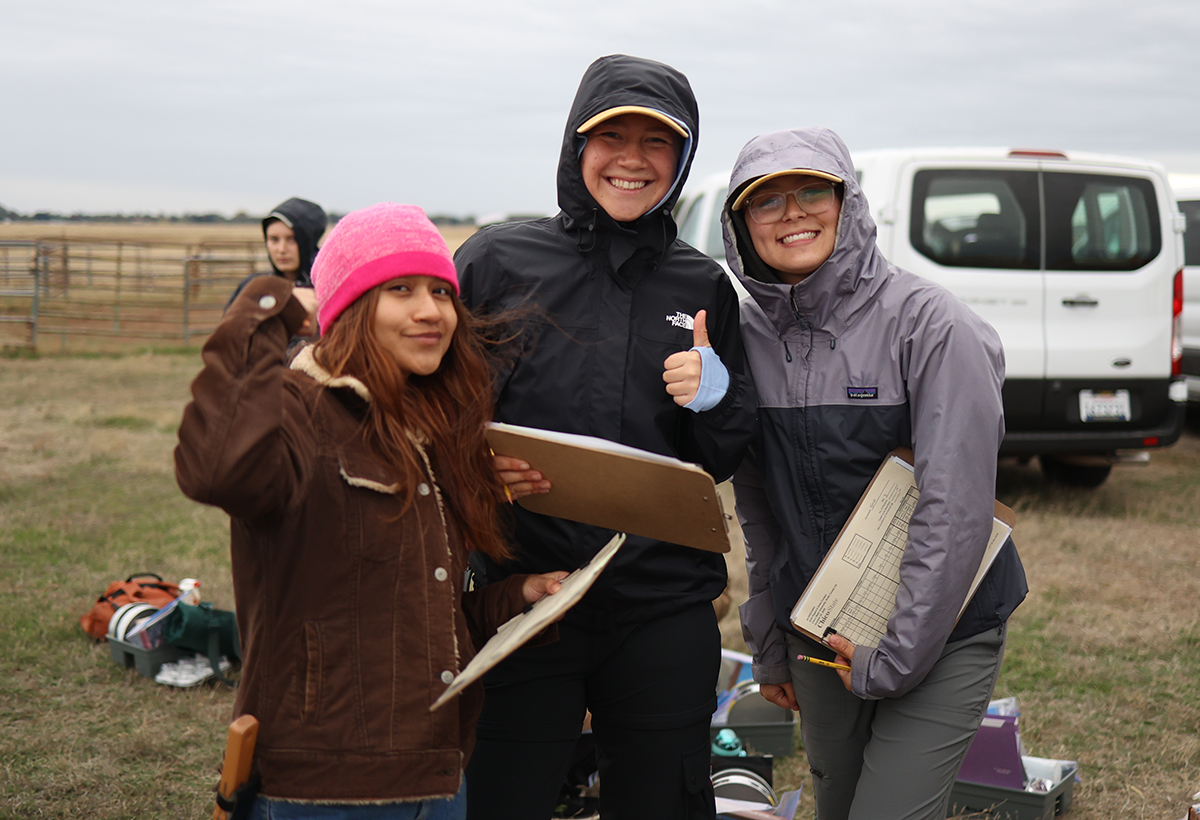
On Oct. 24 and 25, 2025, the Region 6 Collegiate Soil Judging Contest was held at California State University Chico (Chico State) in California’s Northern Sacramento Valley. Contestants from six institutions [Cal Poly Humboldt and San Luis Obispo (CP SLO), California State University–Fresno (Fresno State), University of California–Davis, Modesto Junior College, and New Mexico State University (NMSU)] traveled, from near and far, to challenge their soil assessment abilities, strengthen their teams, and build community.
Day 1: social event
The event started on Friday evening (October 24) with a social event hosted at the Chico State University Farm. The agenda included: snacks, the NRCS 50 State soil monolith collection, soil correlation boxes from local soil survey activities, and two guest speakers who provided context for the soil and landscapes of the Northern Sacramento Valley where the event was held.
The 50 State soil monolith collection is an invaluable resource to display the diversity of soils across the country. This display includes all 50 images printed at scale and mounted onto a foam core. These printed monoliths are a great portable way to show what lies beneath the surface.
The soil correlation boxes from local soil surveys (Figure1) are part of a broader NRCS cooperative agreement working to digitally archive existing correlation box collections around the country. Current efforts have archived ~5000 boxes around the U.S. West. If you know about existing correlation box collections and want to get involved, contact Garrett Liles.
The guest speakers were Rachel Teasdale (Chico State Department of Earth and Environmental Sciences) and Professor Garrett Liles (Chico State College of Agriculture and Center for Regenerative Ag and Resilient Systems). Professor Teasdale shared information about the formation and decomposition of recent and ancestral Southern Cascade volcanoes that formed the local landscape dominated by the Tuscan Lahar. Professor Liles provided an overview of local soil diversity and influence of precipitation (quantity and type—rain or snow) on soil development on these Tuscan materials.
Day 2: contest
The contest was held the following day at a duripan dominated landscape north of Chico. A brisk rain welcomed the contestants to the site but soon passed to provide an overcast and windswept day of soil investigation and assessment. The contest involved four total soil pits (three individual and one group) where assessment of soil morphological characteristics (horizons and boundaries, texture and coarse fragments, structure, consistence, and more) and the interpretation of soil and site properties for taxonomic classification and functional properties (water holding, erosion, land capability class, etc.) were performed (Figure 2).
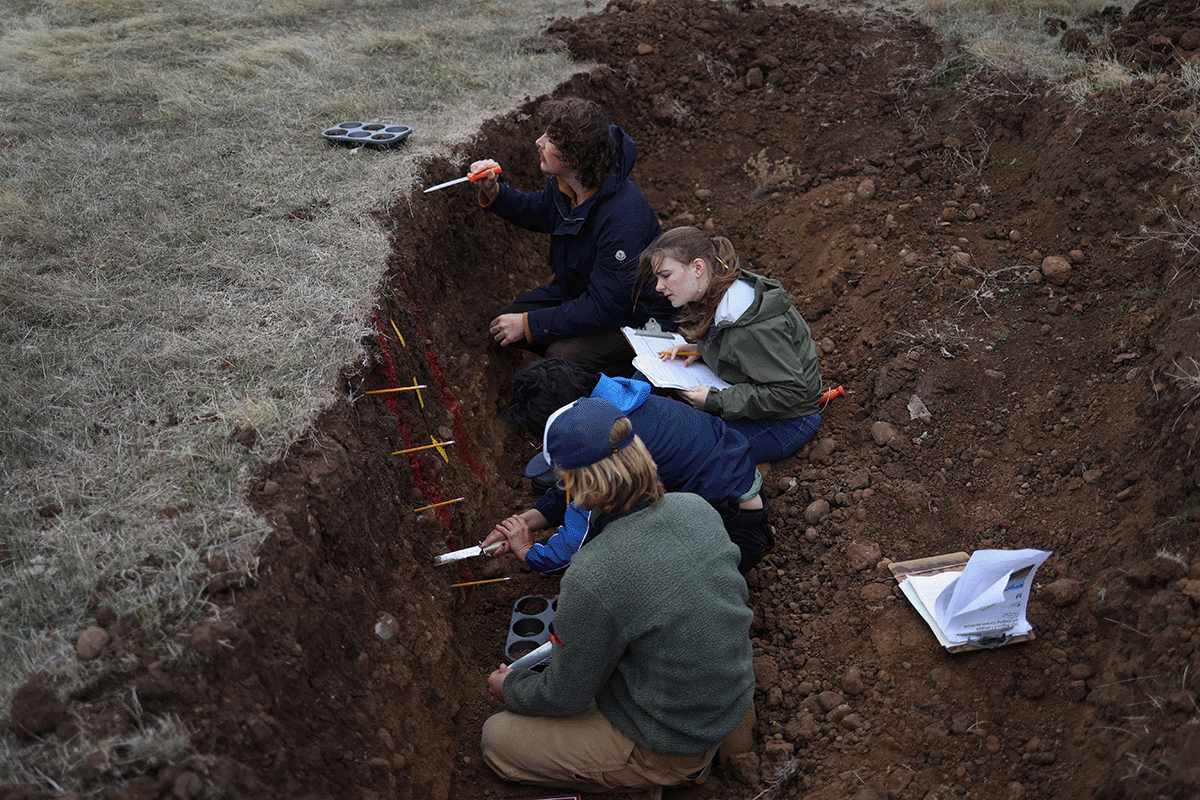
With six teams and ~70 contestants, the judging ran from morning until mid-afternoon with a few more hours needed to evaluate all the scores and identify the top performers. These events rely on the coaches that train their teams, facilitate travel, and provide overall mentorship for groups with diverse interests and background as well as volunteers (coaches, graduate students, and professionals/citizens) to take on the major task of grading pit cards and tabulating scores to identify the top individual contestants, groups, and teams. A shout out to all these folks around the country that make the life-altering experience these events generate possible.
Fresno State Coach Michael Sowers sums it up nicely: “Soil judging provides a unique opportunity for students to learn and evaluate soils for real-world applications in agriculture, urban development, and environmental protection, all while representing their university with pride and promoting the importance of soil science. The experience of soil judging will be a lasting memory for every student. Just ask any former soil judger, and they will be able to share their unique experience(s) with a long story and a big smile!”
Results
The day ended as the light was getting low and the anticipation of how things went was growing. The group gathered up for the results as follows:
Top 10 individuals:
- Gavin Wong, CP SLO
- Mariela Perez, Fresno State
- Brooke White, NMSU
- Mollie Bressler, CP SLO
- Christian Gutierrez, Fresno State
- Erin Kennedy, CP SLO
- Nick Baham, CP SLO
- Will Dowling, Fresno State
- Amelia DeEulio, CP SLO
- Mary Travioli, Fresno State
Top teams:
- Fresno State
- Cal Poly San Luis Obispo
- New Mexico State University
Only a few points separated the top two teams, and all three teams advanced to the National Collegiate Soils Contest, which will be held in Raleigh, NC in the spring of 2026. Region 6 will be well represented this year for sure.
As the teams assembled for a group photo (Figure 3) and said their goodbyes for now, it might not be obvious to all that soil judging is an important technical skill that has and continues to provide great value to society (soil survey products and site assessment for management). From identifying clay films to root restricting layers and the ability to turn that information into guidance for appropriate use and management, the experiences gained by all provide value that far outweighs the efforts put in. On to the next pit….

Text © . The authors. CC BY-NC-ND 4.0. Except where otherwise noted, images are subject to copyright. Any reuse without express permission from the copyright owner is prohibited.




